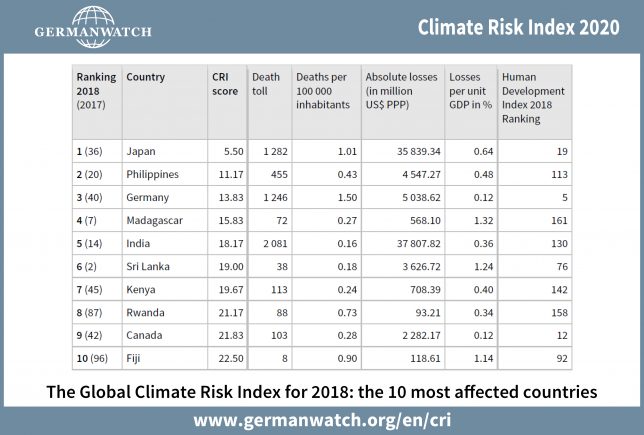In 2016, the world moved permanently above 400 parts per million. The 400 ppm milestone is a symbolic and necessary reminder that we, as humans, are reshaping Earth in profound and unsustainable ways.
The Keeling Curve, named for scientist Charles David Keeling, is a graph that shows the accumulation of carbon dioxide in the Earth’s atmosphere based on continuous measurements taken at the Mauna Loa Observatory in Hawaii. Keeling’s measurements showed the first significant evidence of rapidly increasing carbon dioxide (CO2) levels in the atmosphere.
NASA, with its carbon monitoring system, shows the amount of CO2 in the atmosphere decreases in the spring and summer. In spring and summer, plants in the oceans and on land pull carbon dioxide out of the atmosphere. In the fall and winter, CO2 increases because plants and animals release the carbon dioxide that captured during the growing season.
Since the Industrial Revolution, we’ve been burning fossil fuels (coal, oil, or natural gas) for energy. Fuels release into the atmosphere significantly faster than the plants in the oceans and on the land can take out the CO2. This is moving the Keeling curve up.

